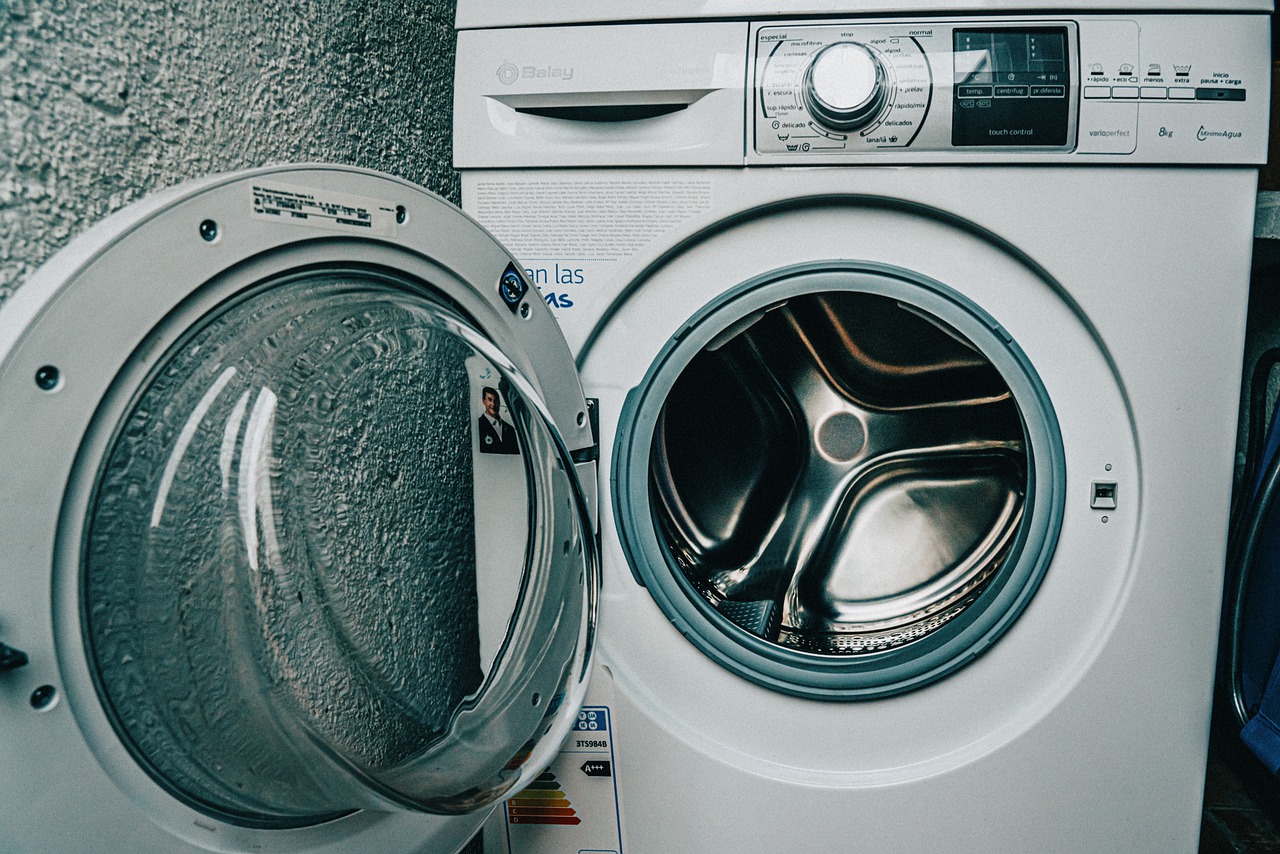Often complicated solutions are sought to save. Yet you could start by not always making the same mistakes! So be careful because washing machines, dishwashers and dryers consume more energy due to a trivial mistake that almost everyone makes.
A useless waste that goes unnoticed
The electricity bill is certainly a heavy item in the family budget of Italians. It is therefore normal to be on the lookout for strategies to save. Moreover, avoiding unnecessary waste of energy is also important for the environment!
There are many tricks already known. First of all, when buying new appliances, it is best to choose those with a good energy class. Secondly, it is important to remember to turn off the lights in the house when they are not needed. Or avoid starting the dishwasher program when it is still half empty.
Or again, there are a series of measures to avoid skyrocketing the consumption of the fridge. There is even a clever ploy to use when cooking.
In addition to all this, it is important to avoid unnecessary waste that almost always goes unnoticed. This is the so-called consumption of appliances in standby. That is, the energy consumed by household appliances when they are turned off or not performing their main function.
This is no small factor: on average, in Europe, the consumption of appliances on stand by is about 305 kWh per year per home. This figure takes on more significance when we consider that it represents 11% of the total electricity consumption of a home!
Furthermore, consumption on stand-by is responsible for the emission of 19 million tons of CO2 every year. How, then, to reduce them?
Be careful because washing machines, dishwashers and dryers consume more energy due to a trivial mistake that almost everyone makes
To report the data on consumption in stand by is the SELINA project, of which the Energy Department of the Politecnico di Milano is part.
In addition to measuring the standby consumption of various devices, the researchers have suggested some tricks to reduce them. One such tip is about washing machines, dishwashers, and dryers.
When using these appliances, some consumers only pay attention to the choice of the washing cycle: in particular, many think they can save on their bills with this program, but it is a big mistake.
To reduce consumption in stand-by, however, it is necessary to pay attention to what happens after washing. In particular, make sure that the washing machine, dishwasher and dryer are completely switched off. Furthermore, the door must be absolutely closed.
Otherwise, if the door is open and the appliance switched on, some appliances may continue to draw power at the end of each wash cycle (more than 5W on average).
The difference may not seem significant. But, if we try to multiply it by the number of times we use these appliances, we will realize that these are considerable figures.
–


